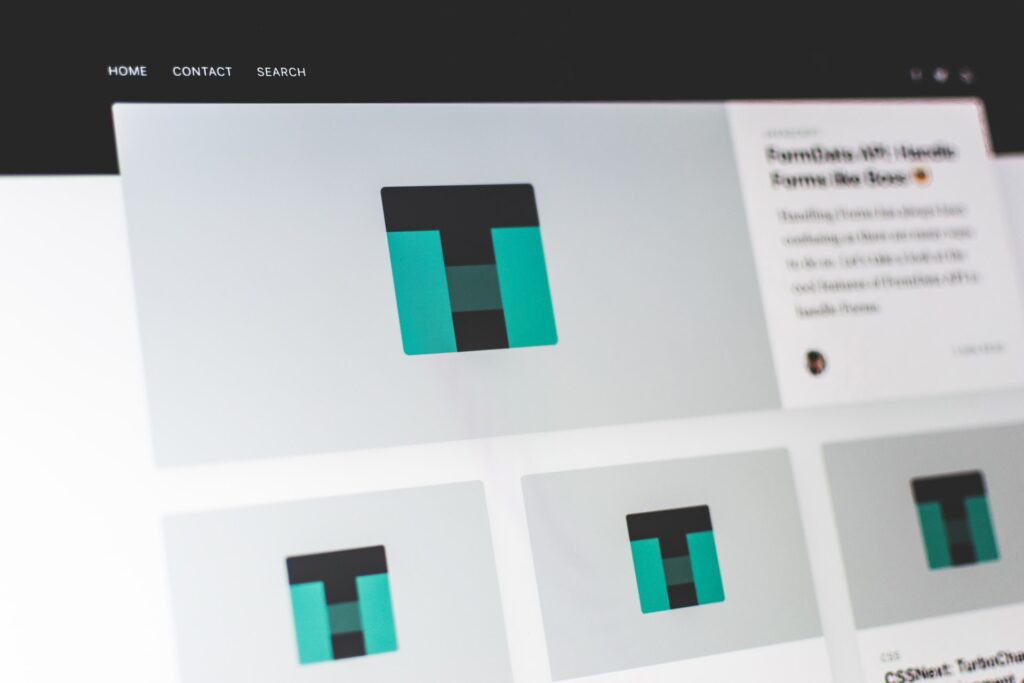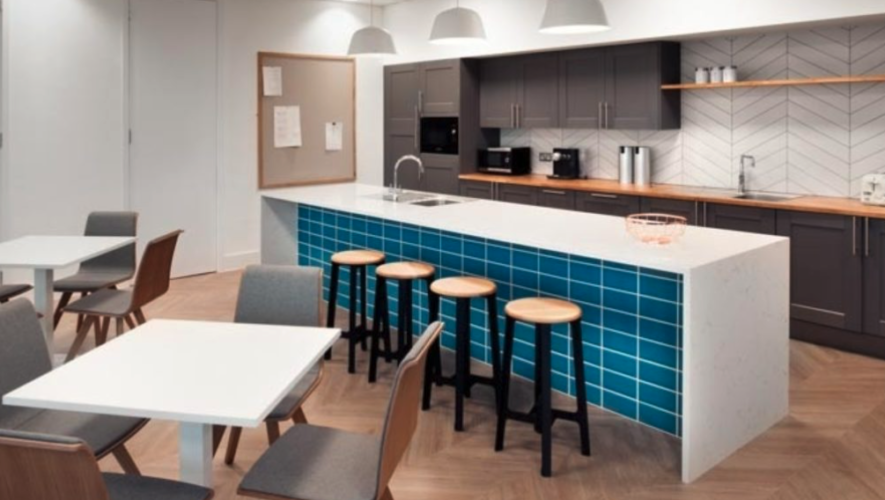In 94% of cases, poor design is the main reason why people rapidly reject a website. It’s key to know every stage of the web design process if you want to have a site that users will love.
A properly structured web design process can help improve the collaboration between everyone involved in the different stages of the process. As a result, you can expect to get an intuitive site that is tailored to your customers and your business.
Project Definition
The first step of the process is to identify the reasons why your business needs a website and what the site should achieve. Of course, you want to build a site to promote your business. But, if you want it to be successful, you need to dig deeper.
Many times, a new offering or change of strategic direction triggers the need for a new company site. The objectives and goals you establish at the outset of the project drive all future web design decisions.
At the beginning of every web design project, the web designer interviews their client in order to identify the strategic goals of the new website and get a better understanding of the key audience. Then, the goal is to identify key measurable outcomes that are directly related to the strategic goals of the organisation.
However, most businesses have more goals than they know what to do with. Moreover, when each department believes its own goals are more important than those of other departments, problems can arise. So, it is important to limit the number of goals.
The final product usually turns out to be much better when the web designer and the business they are working for are able to bring focus to organisational goals. Local businesses often prefer to use a local web designer that understands the local market as it can make this step much easier.
The web designer collects all the assessments and the gathered information in a brief that contains the following elements:
- Goals: What are the measurable goals that the website should achieve?
- Project summary: Outlines the background of the business, its target audience, the unique value it provides to its customers, as well as the general overview of the project.
- Target audiences: Most businesses speak to customers, internal audiences, shareholders, partners, and supplies. Audience profiles include demographics, audience needs, brand perceptions, and psychographics.
- Messages: What messages compel consumers to engage with the business? Which brand messages differentiate the business from its competitors?
- Competitors: This segment of the brief includes an overview of the competitor’s websites, CTAs, navigation, messaging, visual branding, and key differentiators.
Project Scope
 It is critical to define the scope of the project. When it comes to web design projects, scope creep is one of the most common frustrations. To set expectations for their client, a web designer creates a well-defined project scope plan that outlines specific timelines as well as specific deliverables and activities.
It is critical to define the scope of the project. When it comes to web design projects, scope creep is one of the most common frustrations. To set expectations for their client, a web designer creates a well-defined project scope plan that outlines specific timelines as well as specific deliverables and activities.
Web design teams often use Gantt charts to track their projects. A Gantt chart provides a visual reference for web designers. It shows the timeframe for all steps and the dependencies between them.
It outlines major activities and the tasks associated with them. No matter how many people participate in the project, the Gantt chart helps create accountability.
Site Architecture
The wireframes of pages and the sitemap are the elements that make up the site architecture. The sitemap of a website defines the structure of the overall navigation of the website and shows the relationship between pages. Moreover, a web designer creates a sitemap to ensure that they’ve considered all the important pages of the website.
If the website project is very simple, the web designer can simply sketch out their ideas on a piece of paper. However, if the site will have more than a few pages, the designer needs to create wireframes.
Wireframes are visual guides that display the organisation of a site. They offer a detailed view of the content that will appear on the site’s pages. The web designer bases the wireframes on the sitemap.
Web designers use wireframes as a guide for defining content hierarchy on each page, even though they don’t show any actual design elements. Essentially, wireframes turn the information from the research into a skeleton of the site.
Visual Design
The creation of the sitemap and wireframes defines the blueprint for the site. The next step is to create a visual style of the site by bringing in typefaces, images, and colours.
Typically, the visual brand of a business determines the visual style of their site. The goal is to connect all the forms of the organisation’s communications with the Web. As one of the goals of web design is to visually convey the key brand perceptual ideas, the company’s brand plays an important role in this stage.
Site Development
 In this stage, it is time to add substance to the design of the pages. This is when the web designer starts to build-out the HTML and CSS of the website, and the website manager starts adding content such as videos, articles, podcasts, and slideshows.
In this stage, it is time to add substance to the design of the pages. This is when the web designer starts to build-out the HTML and CSS of the website, and the website manager starts adding content such as videos, articles, podcasts, and slideshows.
Testing
The web designer must test the site on an offline server before the launch. This allows them to unearth and fix any issues before the website goes live. Typically, the web designer will test the site on multiple devices (smartphones, tablets, laptops) and multiple browsers (Safari, Google Chrome, Mozilla Firefox).
Launch
The launch is the most exciting stage, but it still doesn’t mark the completion of the project. After the launch, you may need to make some immediate changes, such as making aesthetic adjustments or fixing broken links. During this stage, the web designer and developer will perform quality assurance (QA).
Maintenance
Each site is a living, breathing entity, so it requires constant care and maintenance. The Web is a fluid, ever-changing medium. To ensure the site will thrive, the web designer needs to stick around even after the launch.
Takeaway
Extensive research is key to successful web design. And, even though web design has its definite stages, it’s a never-ending process. The Web is beautiful exactly because it is constantly evolving. A good web designer is someone who will make sure your site grows with it.



